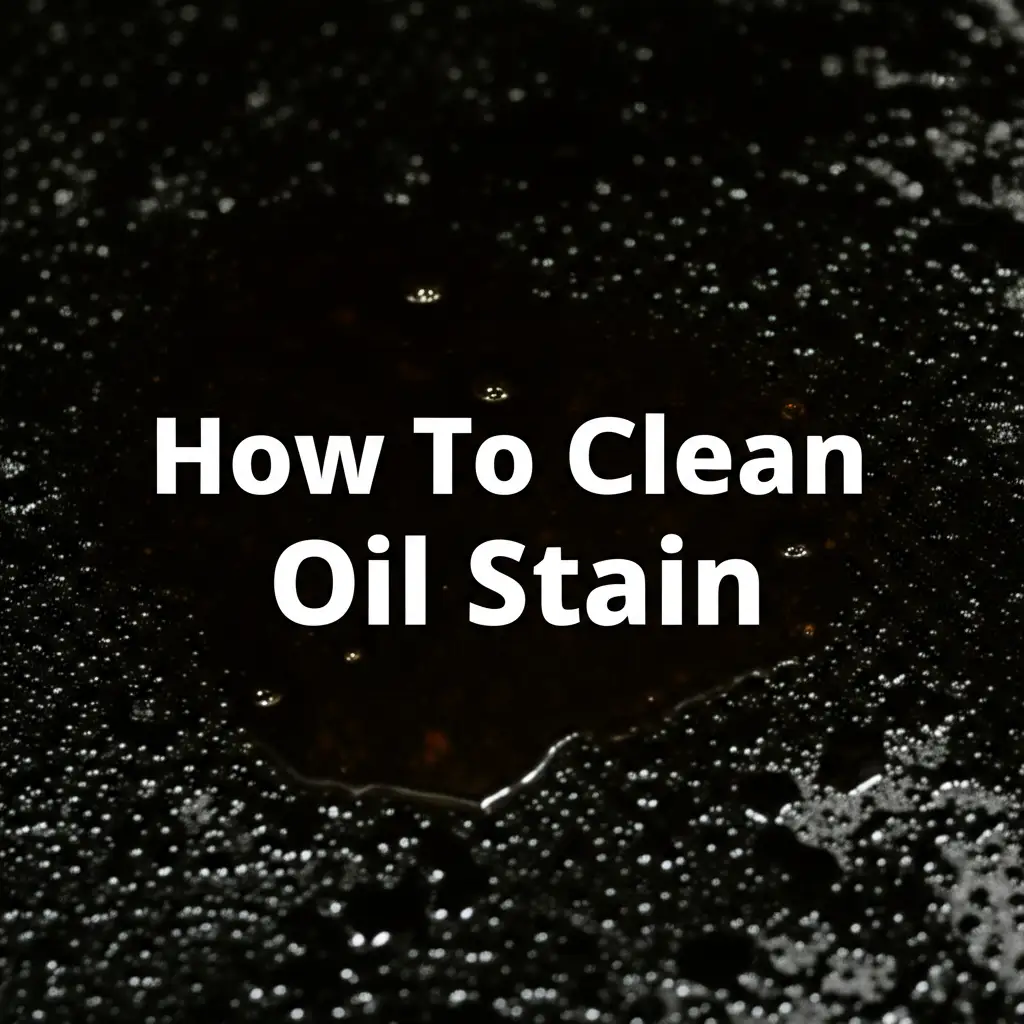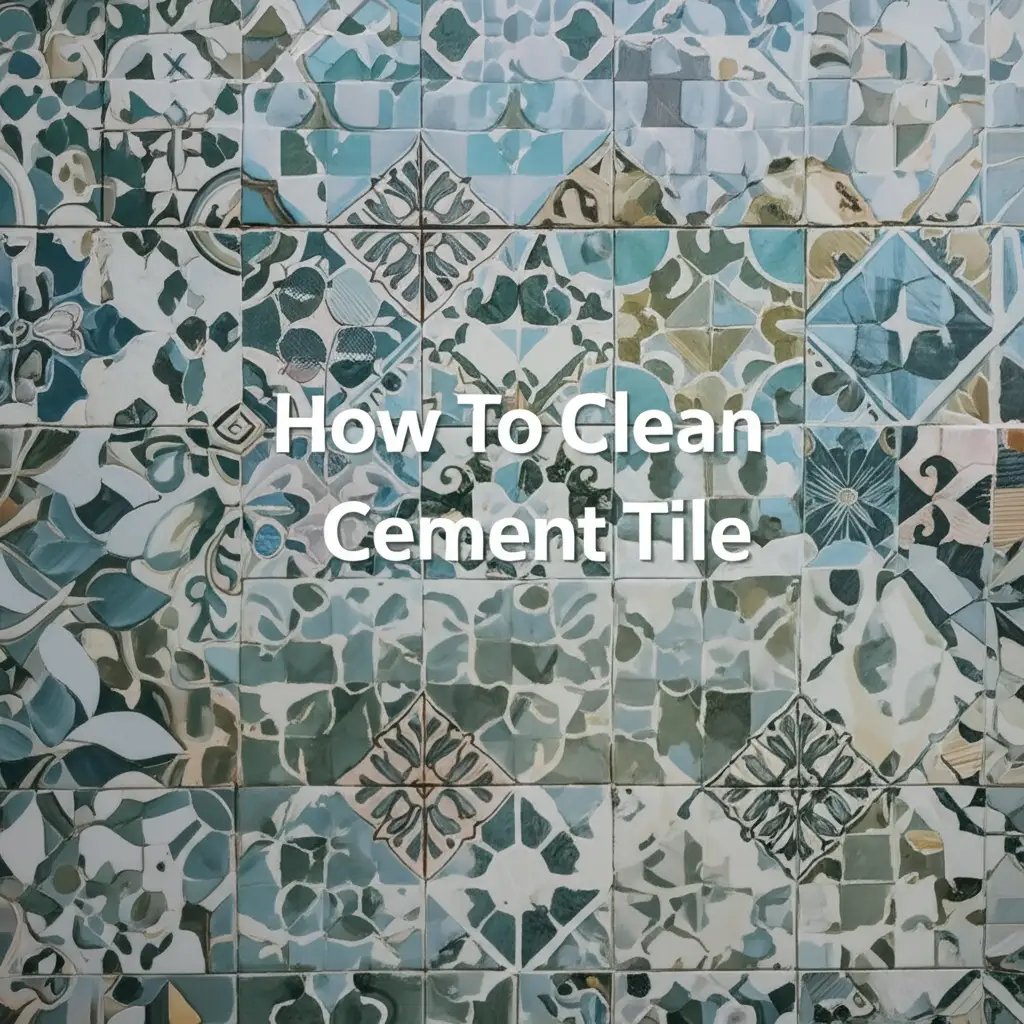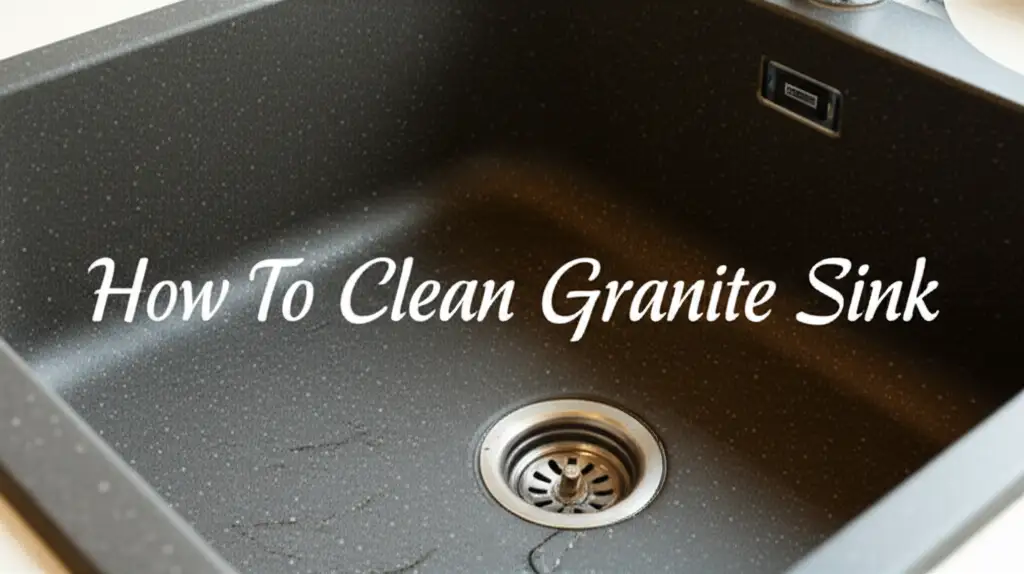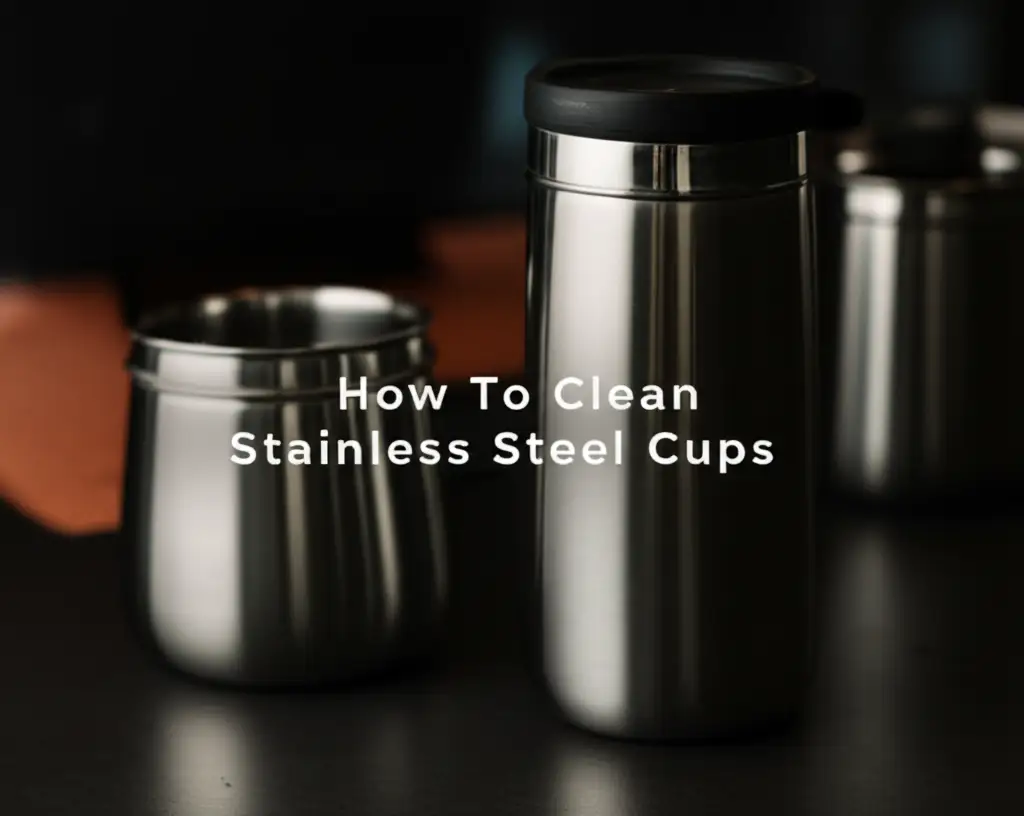· Care · 15 min read
How To Clean Hair Dye Off Skin
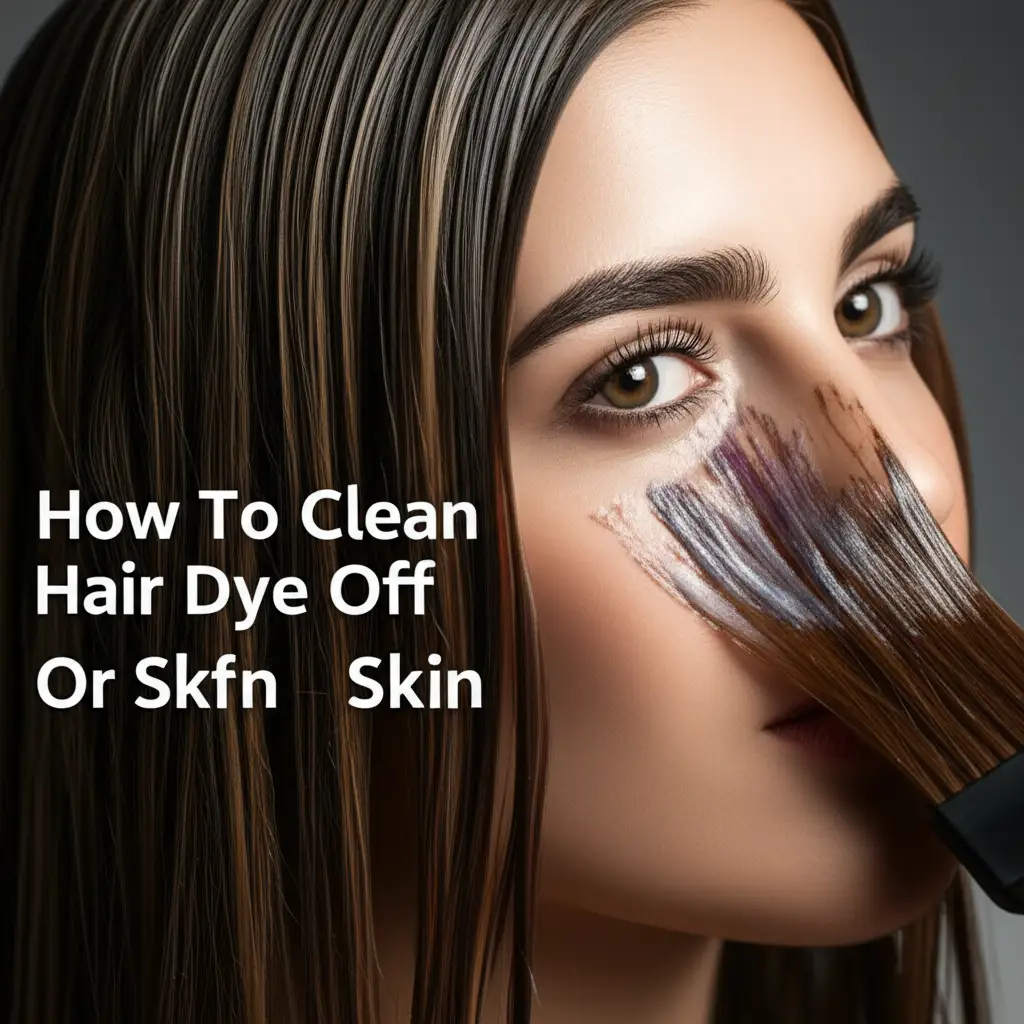
How to Easily Clean Hair Dye Off Skin
Oops! Did a stray splash of hair dye land on your forehead, neck, or hands? It happens to the best of us. Dyeing your hair at home often leaves behind tell-tale signs on your skin. These unexpected stains can feel frustrating, especially after you have achieved the perfect hair color. You want to show off your new look, not the dye marks on your skin.
Removing these stubborn marks quickly makes a big difference. Ignoring them can lead to deeper stains that are harder to remove. This article helps you understand how to clean hair dye off skin effectively. We will share proven methods using common household items and specific products. You will learn prevention tips to avoid stains in the first place. Get ready to tackle those dye spots with confidence.
Takeaway
- Act quickly to remove fresh hair dye stains from skin.
- Use gentle methods first, like soap and water or baby oil.
- Common household items such as baking soda, vinegar, or toothpaste can help remove stubborn stains.
- Always perform a patch test on a small skin area before applying any strong remover.
- Prevent stains by applying barrier creams and wearing gloves during hair dyeing.
To clean hair dye off skin, act immediately. Gently scrub the stain with soap and water or a damp cloth. For stubborn spots, apply a paste of baking soda and dish soap, or use a cotton ball soaked in rubbing alcohol or a specialized dye remover. Always moisturize the skin after cleaning.
Why Hair Dye Stains Skin: Understanding the Process
Hair dye works by opening the hair cuticle and depositing color pigments. This process happens when chemicals in the dye react. Your skin also contains proteins and natural oils. These elements allow dye pigments to bond with the skin surface.
When dye touches your skin, it can quickly absorb into the top layers. The longer the dye stays on your skin, the deeper the stain sets. Different dye types have varying staining powers. Permanent dyes generally stain more aggressively than semi-permanent ones. Understanding this helps you act fast when spills happen.
How Different Dye Types Affect Skin Stains
The type of hair dye plays a role in how easily it stains your skin. Permanent hair dyes contain strong chemicals. These chemicals open the hair shaft, and the color embeds deep into the hair. On the skin, these dyes create dark, long-lasting stains. They penetrate the skin more quickly than other types.
Semi-permanent and demi-permanent dyes are less intense. They coat the hair surface rather than changing its internal structure. These dyes cause lighter stains on the skin. They are often easier to remove. Natural dyes, like henna, can also leave strong, persistent stains. Always check the dye product instructions for specific stain removal advice.
Immediate Action: First Steps to Clean Hair Dye Off Skin
Finding hair dye on your skin can be alarming. The first step is to stay calm and act quickly. Fresh stains are much easier to remove than dried ones. Do not let the dye sit for too long. Time is your biggest ally here.
Start by grabbing a damp cloth or a cotton ball. Gently wipe the affected area. Avoid harsh scrubbing, as this can irritate your skin. This initial wipe removes excess dye before it sets. Follow up with a gentle cleanser.
Soap and Water Method
Plain soap and water are often surprisingly effective for fresh hair dye stains. You need warm water and your regular body soap or hand soap. Apply a generous amount of soap to the stained skin. Rub the area gently with your fingers or a soft washcloth.
Lather the soap well, then rinse it thoroughly with warm water. Repeat this process a few times if necessary. This method is the safest for sensitive skin. It helps lift the surface dye before it penetrates deeper. This simple approach is always your first line of defense.
Petroleum Jelly or Baby Oil Application
For fresh or slightly dried stains, petroleum jelly or baby oil can work wonders. These oil-based products help break down the dye’s pigments. They create a slippery barrier, lifting the dye from your skin. Apply a generous layer of petroleum jelly or baby oil directly onto the stained area.
Massage it gently into the skin for several minutes. Use a cotton ball or a soft cloth to wipe away the oil and the dye. You may need to repeat this process. This method is moisturizing and safe for most skin types. It often loosens the stain effectively.
Common Household Remedies for Stubborn Dye Stains
Sometimes, simple soap and water are not enough. This happens when the dye has dried or set deeper. Thankfully, several common household items can help. These remedies are often gentle and readily available. Always test a small, inconspicuous area of your skin first. This check ensures no irritation occurs.
Baking Soda and Dish Soap Paste
A paste made from baking soda and dish soap is a powerful stain remover. Baking soda acts as a gentle abrasive. Dish soap helps break down oils and pigments in the dye. This combination creates an effective cleaning agent.
Mix one tablespoon of baking soda with one tablespoon of liquid dish soap. Stir until you form a thick paste. Apply the paste directly onto the dye stain. Gently rub the mixture into your skin using your fingertips or a cotton ball. Let it sit for 2-5 minutes. Rinse thoroughly with warm water. This method often works well for stubborn spots. This method is also useful for various household cleaning tasks, similar to how you might clean with vinegar and baking soda for other messes.
Rubbing Alcohol or Hand Sanitizer
Rubbing alcohol (isopropyl alcohol) is a strong solvent. It can dissolve many types of stains, including hair dye. Hand sanitizer contains alcohol and can also be used. Apply a small amount of rubbing alcohol to a cotton ball. Gently dab the cotton ball onto the stained skin.
Avoid vigorous rubbing, as alcohol can dry out your skin. The dye should begin to transfer onto the cotton ball. Use fresh cotton balls as needed. After the dye lifts, rinse your skin with water. Apply moisturizer immediately to prevent dryness. This option is effective for tough stains.
Vinegar Solutions
Vinegar, especially white vinegar, is a natural acidic cleaner. It can help loosen dye particles from the skin. Vinegar is a common household item, useful for many cleaning purposes, such as when you need to clean glass stove top with vinegar or even a shower head with vinegar. This mild acid helps break down the dye bond. You can use it alone or in combination with other ingredients.
Dampen a cotton ball with white vinegar. Press it onto the stained area for a few minutes. Gently rub in small circular motions. Rinse your skin thoroughly afterward. For a stronger solution, you can create a paste with baking soda and vinegar. Remember, vinegar has a strong smell. Make sure to ventilate the area.
Toothpaste Application
Toothpaste can be a surprisingly effective remedy for hair dye stains. Many toothpastes contain mild abrasives and detergents. These ingredients help to scrub away the dye. Choose a non-gel, regular white toothpaste for best results.
Squeeze a small amount of toothpaste onto the stained skin. Rub it gently with your finger or a soft cloth. Continue rubbing for a minute or two. You should see the dye starting to lift. Rinse your skin thoroughly with warm water. This method is generally safe and easily accessible.
Olive Oil or Vegetable Oil Soak
Similar to petroleum jelly, olive oil or other vegetable oils can break down dye. These oils are gentle and hydrating for the skin. They are perfect for sensitive areas like the face. Apply a generous amount of olive oil to the stained skin.
Massage the oil into the stain for several minutes. Let it sit for 5-10 minutes to allow the oil to work. Then, wipe away the oil with a warm, damp washcloth. The dye should come off with the oil. This method is very kind to your skin.
Specialized Products for Hair Dye Stain Removal
Sometimes, household remedies are not enough. Hair dye stains can be incredibly stubborn. This is when specialized products come in handy. Many beauty brands offer specific dye stain removers. These products are formulated to be effective yet safe for skin. They often contain gentle solvents designed to break down dye pigments without irritation.
You can find these removers at beauty supply stores or online. Always read the product instructions carefully before use. Perform a patch test on a small area of your skin. This step ensures you do not have an allergic reaction. These products provide a strong solution for tough stains.
Commercial Dye Stain Removers
Commercial dye stain removers are specifically designed to tackle hair dye on skin. They often contain a blend of mild solvents and conditioners. These ingredients work together to lift the dye effectively. Apply the product according to the manufacturer’s directions. This usually involves dabbing a small amount onto a cotton pad.
Gently wipe the stained area. Do not scrub harshly. The dye should transfer onto the cotton pad. Repeat if necessary until the stain disappears. Always rinse your skin thoroughly after use. Follow up with a good moisturizer to keep your skin hydrated. These removers are a reliable option for persistent stains.
Nail Polish Remover (Acetone-Free)
Nail polish remover can be a last resort for extremely stubborn stains. Always use an acetone-free formula. Acetone is very harsh and drying for the skin. Acetone-free removers are milder but still effective. They often contain ethyl acetate, which can dissolve dye.
Dampen a cotton ball with acetone-free nail polish remover. Gently dab the stained area. Avoid rubbing vigorously. Do not use this method on sensitive areas like your face. Use it sparingly and rinse your skin immediately afterward. This method is powerful but requires caution.
Addressing Hair Dye on Sensitive Skin
Your skin might react differently to certain products. Sensitive skin requires extra care when removing hair dye stains. Harsh chemicals can cause redness, irritation, or dryness. Always prioritize gentler methods first. Your skin’s health is more important than a temporary stain.
If you have sensitive skin, avoid abrasive scrubs or strong solvents. Stick to natural oils and very mild cleansers. Listen to your skin during the process. Stop immediately if you feel any discomfort or burning. Patch testing is especially important for sensitive skin.
Gentle Oil-Based Removers
For sensitive skin, oil-based removers are your best friends. Petroleum jelly, baby oil, or even olive oil work well. These oils are non-irritating and help dissolve the dye gently. They also moisturize your skin simultaneously. This reduces the risk of dryness or irritation.
Apply a generous amount of oil to the stained area. Massage it gently into the skin. Let the oil sit for several minutes. This allows the oil to penetrate the dye. Wipe away the oil with a soft, warm cloth. Repeat if the stain persists. This method is both effective and soothing.
Using Mild Facial Cleansers
If an oil-based remover does not fully work, try your regular mild facial cleanser. Choose a cleanser designed for sensitive skin. These products are typically pH-balanced and fragrance-free. They will not strip your skin’s natural moisture barrier.
Apply a small amount of cleanser to the stained area. Gently massage it in circular motions. Use a soft washcloth for a little extra exfoliation. Rinse with lukewarm water. Repeat the process if needed. This method is safe for daily use and can help gradually fade light stains.
Prevention is Key: Avoiding Future Dye Stains
The best way to deal with hair dye stains is to prevent them. A little preparation goes a long way. Taking a few simple steps before you start dyeing can save you time and frustration later. Prevention methods protect your skin and keep your dyeing experience clean.
You will feel more confident about your home hair color routine. These tips are easy to incorporate into your process. They make dyeing your hair a much tidier experience. Always prioritize preparation over cleanup.
Apply a Barrier Cream
Applying a barrier cream around your hairline, ears, and neck is crucial. Products like petroleum jelly, thick moisturizer, or lip balm work well. This cream creates a protective layer on your skin. It prevents the dye from directly contacting your skin. The dye sits on the cream instead of absorbing.
When you wash your hair, the dye on the cream rinses off easily. This simple step is highly effective. It saves you from scrubbing stubborn stains later. Always apply a generous, even layer of your chosen barrier.
Wear Protective Gloves
Most hair dye kits come with a pair of disposable gloves. Always wear them! Gloves protect your hands from dye stains. Even a tiny bit of dye can deeply stain your skin and nails. Regular use of gloves is a non-negotiable step.
If the provided gloves are too flimsy, consider buying thicker, reusable ones. Nitrile or latex gloves offer better protection. Ensure they fit well so you can still work comfortably. Protecting your hands means no unwanted color surprises.
Old Clothes and Towels
Always wear old clothes when dyeing your hair. Accidents happen, and dye can splash. Choose a shirt you do not mind getting stained. Cover your shoulders with an old towel. This protects your clothing and furniture.
Keep a designated “dyeing towel” handy. Use it for wiping spills or protecting surfaces. This setup contains any potential mess. It prevents dye from transferring to clean clothes or furniture. Being prepared saves you from ruined items.
Work in a Well-Lit, Protected Area
Choose a well-lit area for dyeing your hair. Good lighting helps you see what you are doing. This reduces the chance of accidental spills or drips. Also, protect your workspace. Lay down old newspapers, plastic sheets, or garbage bags.
Cover your sink and floor around your dyeing station. Hair dye can permanently stain countertops and bathroom fixtures. A little effort in preparing your space saves you from big cleaning headaches. This approach keeps your home clean and stain-free. If dye does get on surfaces, addressing it quickly can save a lot of trouble, much like how you might need to clean hair out of a bathroom sink drain after rinsing.
When to Seek Professional Help or Medical Advice
Most hair dye stains are harmless and clear up with home remedies. However, there are times when you should seek professional help. If a stain is particularly stubborn and does not respond to any methods, a professional might have stronger, safer solutions. This could be a dermatologist or a hair salon professional.
More importantly, pay attention to your skin’s reaction. If you experience severe irritation, redness, swelling, or blistering, stop all removal efforts. Contact a medical professional immediately. This might indicate an allergic reaction. Your health is always the top priority. Never force the removal of a stain if it causes pain or skin damage.
FAQ Section
Q1: How long does hair dye typically stay on the skin?
Hair dye stains usually fade within a few days to a week. The exact time depends on the dye type, your skin’s natural exfoliation rate, and how quickly you addressed the stain. Permanent dyes tend to linger longer. Consistent gentle washing helps speed up the fading process.
Q2: Can hydrogen peroxide remove hair dye from skin?
Hydrogen peroxide can potentially remove hair dye from skin. However, it can also lighten skin and cause irritation. It is generally not recommended for direct skin application due to its strong oxidizing properties. Always opt for gentler methods first. Use it only as a last resort and with extreme caution.
Q3: Is it safe to use nail polish remover on your face to remove hair dye?
No, it is generally not safe to use nail polish remover on your face. Even acetone-free versions can be harsh and drying for delicate facial skin. They can cause irritation, redness, or allergic reactions. Stick to gentler, oil-based, or mild cleanser methods for facial stains.
Q4: Will showering alone remove hair dye stains from skin?
Showering alone might help fade very fresh, light hair dye stains. The warm water and soap can loosen some dye particles. However, for set or darker stains, showering alone is usually not enough. You will likely need to use specific stain removal methods.
Q5: How can I prevent hair dye from staining my scalp?
To prevent scalp staining, apply a thick layer of petroleum jelly or a barrier cream directly along your hairline and ears before dyeing. Part your hair carefully and apply dye only to the hair strands. Avoid pressing the dye applicator directly onto your scalp.
Q6: What should I do if hair dye gets in my eyes?
If hair dye gets into your eyes, rinse them immediately and continuously with plenty of cool, clean water for at least 15-20 minutes. Do not rub your eyes. If irritation or pain persists, seek immediate medical attention or call poison control.
Conclusion
Finding unwanted hair dye on your skin after coloring can certainly dampen your mood, but it does not have to be a lasting problem. You now know many effective methods to clean hair dye off skin. Remember, acting quickly is key. Fresh stains are always easier to handle. Start with gentle options like soap and water or natural oils. Move to stronger household remedies like baking soda or toothpaste if needed. Always prioritize your skin’s health by performing patch tests and moisturizing after cleanup.
Prevention remains the best strategy. By applying barrier creams and wearing protective gear, you can minimize future dye mishaps. Your home hair coloring experience should be exciting, not messy. With these tips, you can enjoy your vibrant new hair color without worrying about lingering skin stains. Keep your skin clean and your hair vibrant.
- hair dye removal
- skin stains
- beauty hacks
- DIY solutions
- stain removal
- home remedies
- hair color mistakes

